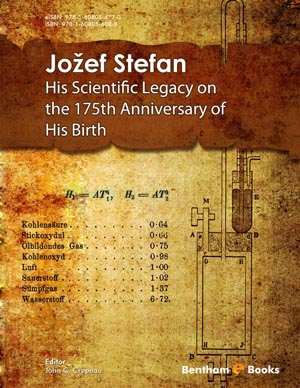Abstract
The City of God, whose original name is Cidade de Deus (CDD), is an epic
film that deftly narrates life in the favelas, which is full of crime and violence in Brazil.
The events in the film occur in the CDD social housing, a western suburb of Rio de
Janeiro. It is one of the most notorious social housing complexes, established by the
Brazilian government in remote areas of the city as part of the project to systematically
move the ugly and crime-generating favelas to the outskirts of the city to prevent
slums. Narrating the gang wars and brutality in the CDD settlement, the protagonists of
the film are “the boys who flirt with the crime”. This article aims to examine crime and
violence, which are the main phenomena of the film, by considering them together with
their sociological and spatial dimensions. For this purpose, firstly a short introduction
of the film is presented, and then the story of the film is summarized. Next, the brief
history of the CDD, which evolved from a planned social housing to a favela, is given.
The scenes of the film were analyzed through its space and discourse, associating them
with crime theory in the field of environmental design. In the film, the sequence of
events that began in the '60s and spanned three consecutive decades, the '70s and '80s,
was interpreted at the scale of the city, building (housing), and interior space. The first
episode describes the initial years of social housing, where life began. The housing
settlement has been isolated and excluded from the city as an indicator of class
divisions. In this period, which is interpreted through defensible space theory, the
housing settlement with an extremely low physical and spatial quality is depicted. This
housing settlement, which is lacking in privacy, has no definition of territory, and
cannot provide transitions between public and private, which is far from meeting the
psychological and social needs of its residents as a result. In the second episode, the
dim and old interiors of an apartment, which triggers the perception of crime and fear,
are described. In the third episode, the labyrinth-like settlement draws attention with its
rundown, secluded, quite neglected, garbage-filled streets with graffiti on the building
facades. This period, in which the role of environmental quality and disorder in the
formation of crime is discussed through the broken windows theory, also shows the
evolution of the planned social housing in the favela. When all these periods are
examined together, the film relates that urban poverty, social fragmentation, and an
environment lacking spatial and physical quality, each of which interacts with the
other, affects the formation of crime.








